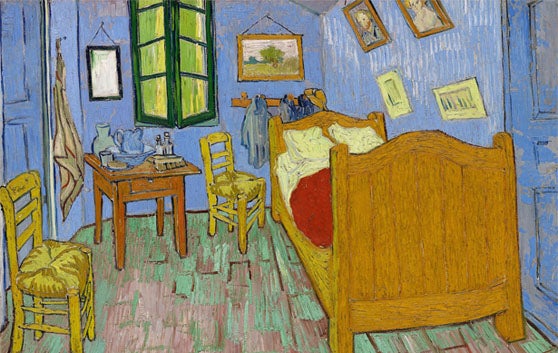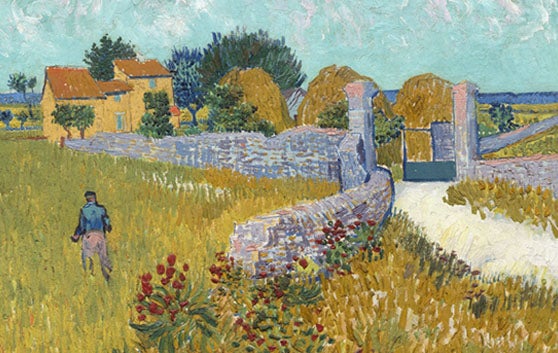What to say or do in persons with mood disorders
“Families need to know what to say or do to cope with the person’s thinking and fluctuating moods.”

“Pull yourself together.”

“Hang in there!”

“There are other people less fortunate than yourself.”

“You do not need to be sad. Just for that?”

“If only you would do this…”

International Bipolar Foundation
Vincent Willem Van Gogh (1853-1890)
Dutch Post-Impressionist painter who is among the most famous and influential figures in the history of Western art.

From the song “Vincent” by Don McLean

What you tried to say to me
And how you suffered for your sanity
And how you tried to set them free
From the song “Vincent” by Don McLean

They did not know how
Perhaps they’ll listen now

But still your love was true
And when no hope was left inside
On that starry, starry night
You took your life as lovers often do
But I could have told you, Vincent
This world was never meant
For one as beautiful as you
The sadness will last forever

better and that we hoped that he would
then be spared this kind of despair, he
said, “La tristesse durera toujours”
Theo, brother of Vincent
“They would not listen they did not know how perhaps they’ll listen now”

to save his life, van Gogh replied,
“Then I’ll have to do it over again.”
Theo, brother of Vincent
“They would not listen they did not know how perhaps they’ll listen now”
We will listen because now we understand.
“You just want to be there” “We are in this together”
Each has his own preference of communicating.

Sometimes thoughts and behaviors may not make sense to you. Be Patient. To the Patient.
Talking won’t make things worse.

When the feelings are very intense. When he is deep in thought. Silence. Let him feel and express his emotions.
Recognize the importance of silence. Gently break silence. What were you thinking of just now?
HOPE

“Alam ko na ako’y may mental illness. Alam ko ang aking diagnosis.”
“Hindi ang mental health condition and magdidikta ng takbo ng aking buhay.”
“Alam ko ang kahalagan ng pagsunod sa pag-inom ng gamut na inireseta ng doctor.” Para makontrol ang illness.
“Mayroon pang ibang bahagi ang aking buhay. Hindi lamang mental illness.”
“I won’t let the diagnosis define me.”
What is your message of hope … to others living with mental illness?

Talk with a family and friends
Eat vegetables and fruits. Less meat especially fats.
Exercise, walk and be active.
Get enough sleep, at least 7 hours
Continue doing the things you are good at.
Sports, arts, drawing, singing, academics, charity, entertainment, skilled in computer
Have a strong faith, do not give-up, have a sharp memory, be a good listener, love your family, pray, be friendly